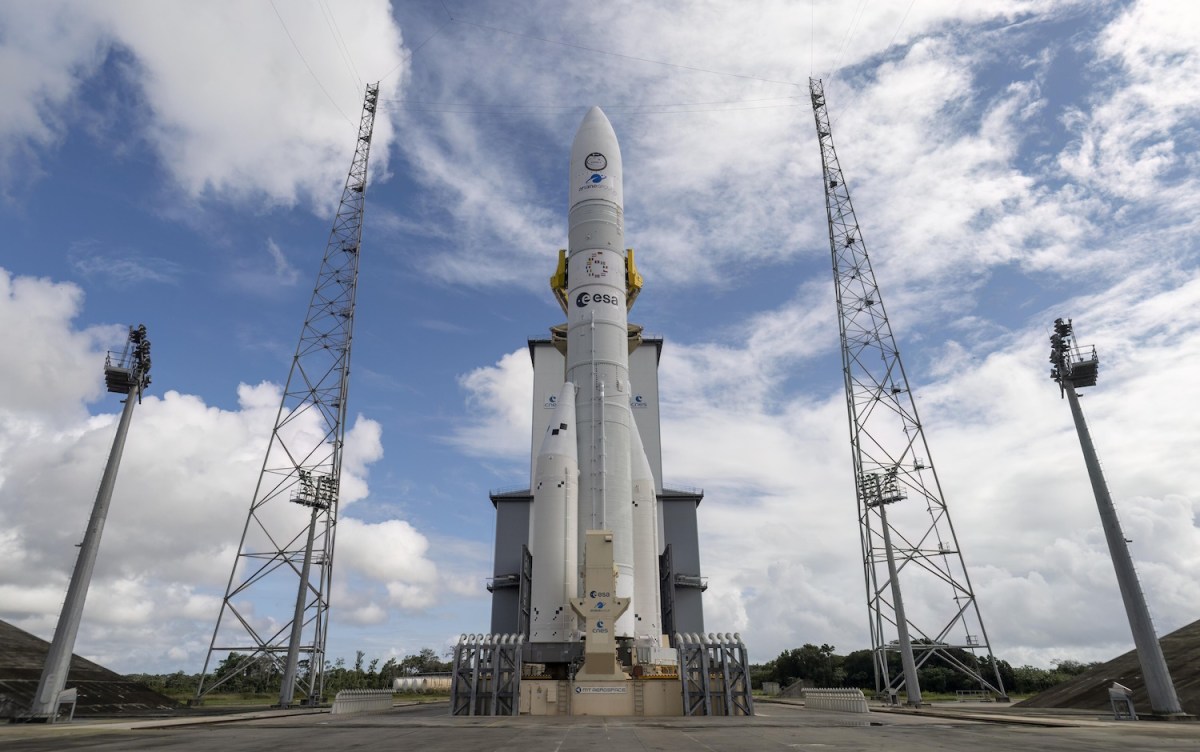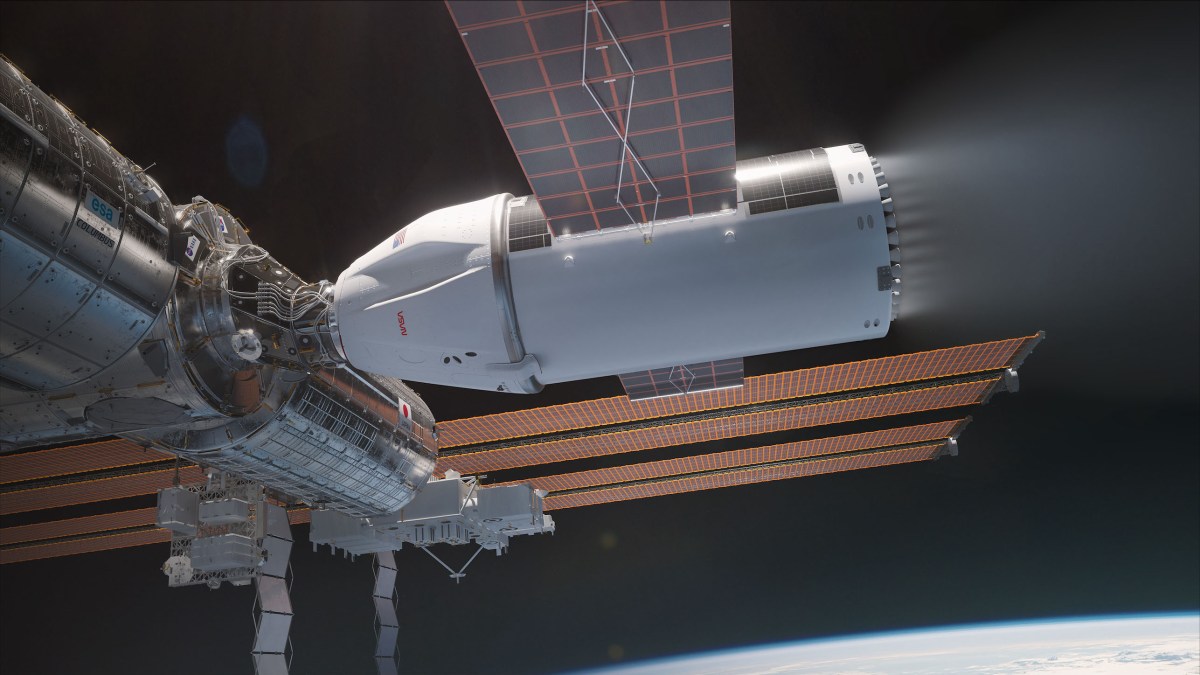
Europe’s next-generation launch vehicle, the Ariane 6, is poised to lift off for the first time tomorrow, as the continent looks to build out sovereign access to space and ensure European missions are launched by European rockets.
The heavy-lift rocket will launch from the Guiana Space Centre in French Guiana, with a four-hour launch window that starts at 11 a.m. PST on July 9. This launch follows years of delays that left Europe without a capable launch vehicle when the workhorse Ariane 5 was retired last year.
That rocket once dominated global space launches, and even last year launched high-profile missions like the James Webb Space Telescope, though it’s been vastly outshone by SpaceX’s Falcon family of rockets in recent years.
Ariane 6’s delays, combined with launch failures from a smaller European rocket called Vega C, have left the continent reliant on commercial launch providers like SpaceX. But European authorities have been uneasy about this lack of locally sourced launch options, and are pinning their hopes on Ariane 6 to return it.
Lucia Linares, head of space transportation strategy and institutional launches at the European Space Agency (ESA), said in a press briefing last month that the rocket is “a true European public and industrial undertaking,” with 13 ESA member states and 600 European companies contributing to the launcher. While ESA architected the rocket, the building was done by the aerospace engineering giant ArianeGroup. CNES, France’s space agency, is responsible for the launch base and launch complex development.
“It is the preparation of the return of European independent access to space,” said Carine Leveau, director of space transportation at CNES, during the briefing. “It’s an important moment in European space history and the sovereignty of Europe.”
This first Ariane 6 launch will carry and host a handful of payloads from commercial companies and government agencies — those include The Exploration Company’s pathfinder reentry capsule Nyx Bikini and a radiowave-measurement satellite from NASA.
ESA is hoping that the 203-foot-tall Ariane 6 will become the go-to rocket for European scientific missions, intelligence and defense missions, and other payloads. The rocket already has a back manifest of 30 launches, though 18 of these are earmarked for Amazon’s Kuiper satellite internet constellation.
Despite the substantial backlog, the Ariane 6 program received a big blow last week when the agency behind a major European weather satellite canceled its contract with the rocket to fly with SpaceX instead.
Josef Aschbacher, the director general of the European Space Agency, called the European Organisation for the Exploitation of Meteorological Satellites’ decision to go with SpaceX “surprising.”
“The end of the launcher crisis is within reach,” he said on X, referring to the impending Ariane 6 launch. “Now is the time for Europe to support autonomous access to space, which is on the horizon.”
Should the July 9 launch go well, Ariane 6 is due to launch a French defense satellite in December before ramping up to another six missions in 2025.
However, questions remain on whether Ariane 6, which is fully expendable, can compete on price in the long term against the partially reusable SpaceX’s Falcon family of rockets. The rocket development has cost around €4 billion ($4.3 billion), according to the BBC, but Europe will need to subsidize its costs by up to €340 million ($368 million) per year through 2031, ESA’s director of space transportation Toni Tolker-Nielsen told SpaceNews.
Meanwhile, Tolker-Nielsen does not seem concerned by the impending commercialization of SpaceX’s massive Starship rocket: “I don’t think Starship will be a game-changer or a real competitor,” he said. “This huge launcher is designed to fly people to the moon and Mars. Ariane 6 is perfect for the job if you need to launch a four- or five-ton satellite. Starship will not eradicate Ariane 6 at all.”
To generate more competition, the ESA in May said it would allow four small European launch startups — Tsar Aerospace, MaiaSpace, PLD Space and Rocket Factory Augsburg — use of its French Guiana spaceport in the future.
Viewers can watch the launch live on the European Space Agency’s ESAWebTV.



